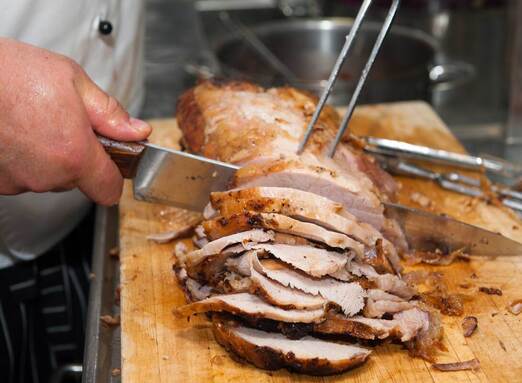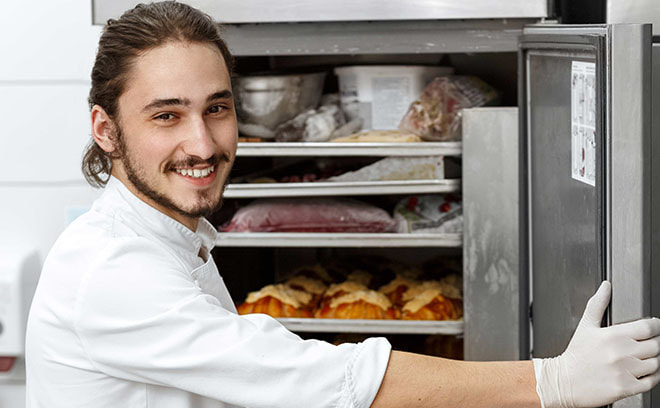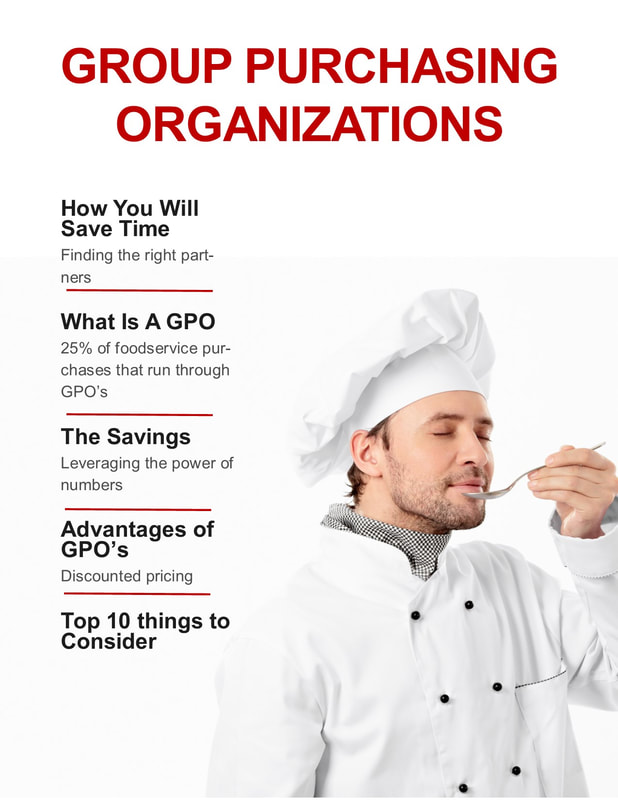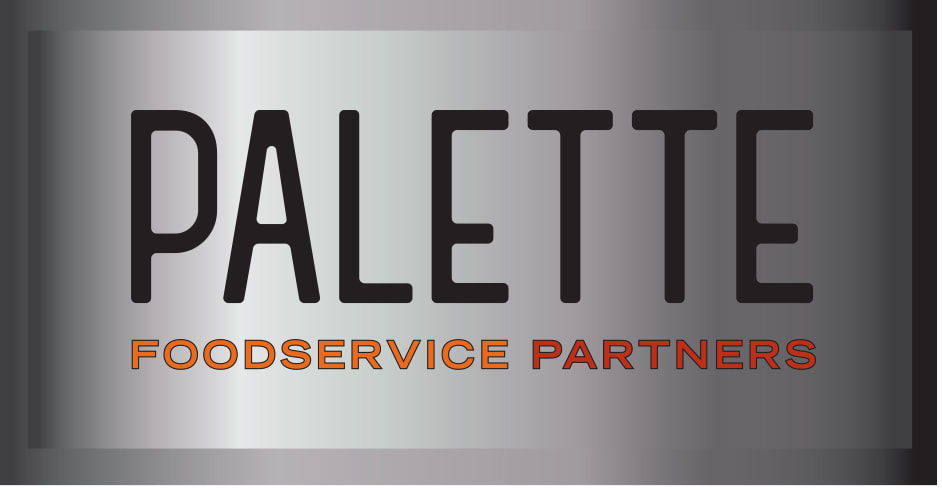 The past few years have marked an uptick in the presence of the “quiet quitter” — the employee who reports to work but isn’t engaged in their responsibilities, does the minimum required, and is simply waiting for the moment when they can move on. Gallup says quiet quitters comprise half of the U.S. workforce. According to a recent report from Fortune magazine, there is even a difficult subset of quiet quitters known for “resenteeism” — yet another signal of the times that refers to quiet quitters who resent having to remain in their role and then spread that low morale on to other team members. You likely have some quiet quitters on your staff, and while they can pose problems across sectors, they are dangerous to keep on a restaurant team because their behaviors can result in illness to staff and guests, injury, food contamination, or simply a surprise skeleton crew because they miss a shift without providing sufficient notice. But most employees don’t tend to start their jobs with this mindset, so there are steps you can take to minimize the chances of losing responsible staff in this way (and cultivating some valuable talent on staff in the process). Provide regular training that meshes with agreed-upon job responsibilities. Offer structure to the role, opportunities to learn on the job, and recognition and rewards for good performance. Communicate openly and give staff a sounding board for telling you how things are going. Have a non-punitive culture where staff feel they can ask questions openly and won’t be punished for making a mistake. You won’t be able to keep everyone, but you may improve your chances of turning a quiet quitter into a motivated employee. In the past year in particular, it has often seemed like restaurant operators have been asked to accomplish the impossible: Simplify the ingredients you use but accommodate everyone from carnivores to vegans to customers with allergies. Increase wages for employees but avoid noticeable pricing spikes on your menu. Make your menu feel special and unique, but it should not be complex or time-consuming to prepare. The list goes on and on. And as consumers venture back into restaurant dining rooms and order delivery in the months ahead, expectations will continue to climb. It’s a good time for you to take a look at your business and decide what you value – and just as important, what you don’t care about as much – so you can do your best with the people and resources you have and then filter out the noise. What are your core values? What impression do you want your customers to have of your business? In which aspects of your business are you not willing to compromise or accept a substitute? Assess each area of your business and identify things that are out of your control and can’t be negotiated – like managing food safety requirements and government-imposed business restrictions. Where you do have some control, where are your biggest pain points? Where are things going especially well – and how can you apply those positives to other areas of your business?
Like constant change? Probably not. Even for those who are more comfortable with change, the past year has likely forced too much of it. But what if you could adjust your mindset and your business so that you could better weather, anticipate and (perhaps) even welcome change? A September TD Bank survey of 250 restaurant operators around the U.S. aimed to take the pulse of the industry and find out what strategies have worked for restaurants that have managed to succeed in such a tumultuous year. Three key findings emerged: Off-premise sales are critical and restaurants need to be able to accommodate them (particularly via such consumer conveniences as mobile ordering and delivery). Payment methods including mobile, online and contactless are helping restaurants encourage consumer confidence. Finally, many of the traditional physical characteristics of restaurants are changing to accommodate drive-thrus and pick-up areas, shift to ghost-kitchen formats and decrease overall footprints. So how can this information help restaurants set themselves in a more powerful, less reactionary position for the future? First, scrutinize your off-premise menu and sales to ensure they are practical and profitable. Then adjust. Get comfortable trying new ideas regularly – it will not only help you see what works and what doesn’t, but it will also give you something new to promote to customers. Next, evaluate your payment methods: Do they help you limit face-to-face interactions with customers and also enable you to expedite payment and get a faster, clearer picture of your sales? Finally, take advantage of this time of disruption. Look for new partners and investors, and talk to bankers, landlords and suppliers to identify opportunities to secure more beneficial arrangements.
In these shaky times for the restaurant sector, many operators are facing steeply lower guest counts and cancelled catering orders as the spread of the coronavirus – as well as fear about its spread – continues to grow. In light of that, there may be some actions you can take to ease the concerns of guests and keep business coming in over the next couple of months. First, these are times when your email list may prove its worth. Contact your customers and share what you have done in recent weeks to help ensure your restaurant is a safe place to dine – talk about your efforts to enhance your standard cleaning and sanitizing procedures, as well as more recent steps you may have taken, such as replacing your buffet with an à la carte menu, monitoring employee health more vigilantly, increasing the distance between tables or limiting seating. Promote your delivery and the precautions you are taking with it – from packaging food more securely or accommodating no-contact food drop-offs. Share similar messages on your website, voicemail system and social media. This is a time when people are becoming more community-minded and are making a concerted effort to look out for people who are at risk – if you have stories about how your employees are helping people in need right now, share them. Finally, look to other income streams – if you sell merchandise such as packaged food products or gift cards, market those items now and partner with other organizations that might cross-promote them with their own products. You can believe that once fears over the virus have subsided, people will be eager to get out of their houses and gather with friends over food and drinks. Plan now to be part of the comeback.
As waste management continues to be a top priority for restaurant operators, news headlines appear every day about new technologies that can give companies in the food supply chain a leg up. In recent weeks, edible coatings and stickers for produce, as well as sachets that can be packed in crates of fruit, have all made news for their potential to significantly prolong the shelf life of produce and other fresh foods. Your suppliers will no doubt be adopting such technologies in an effort to compete in the marketplace, but there are a number of steps you can take right now in your business to make sure you’re making best use of the fresh products you buy. As Restaurant Owner & Manager advises, follow the first in, first out rule by adding a use-by date to new products you receive and then placing them behind older products in storage. Store food in airtight containers to help protect the hygiene of your products and minimize the potential for cross-contamination. Keep meat on the bottom shelf of your refrigerator. Ensure proper temperatures in both your refrigerator (40˚F or lower) and freezer (0˚F or lower) and have employees check those temperatures regularly. Finally, store food without overloading your storage areas and clean your shelving, equipment and storage units daily to prevent the buildup of contamination.
When food is prepared and waiting to be eaten by a hungry consumer, every minute can impact the quality of the meal. Now that so many operators are embracing consumer demand for delivery and are seeking to stand out in a growing crowd of off-premise dining options, the next push is to make that delivery as fast and seamless as possible. For a number of major brands, that means delivering in less than 30 minutes and striving to shave additional time off of that rate. In addition to restaurants adding pick-up shelves for delivery drivers collecting orders and opening delivery-only kitchens in locations with a critical mass of customers, Skift Table reports that some brands are introducing prepaid delivery for third-party couriers and retrofitting vehicles to become mobile kitchens that can cook a pizza on the go. (Pizza Hut, for one, is testing a robot-powered pizza kitchen that sits in the bed of a modified Toyota Tundra.) How can you shave minutes off of your delivery?
Is meat, fish or poultry on your menu? Those items have likely taken a multi-step journey to get there. While you have to rely on others in your supply chain to uphold food safety practices along the route, you can find clues about it when inspecting shipments. Restaurant Owner & Manager suggests these red flags that a shipment should be rejected: cartons that aren’t intact, dirty wrappers, colored spots on the item (purple, white, brown or green), strange odors (including an ammonia smell to fish), flesh with a soft appearance or that leaves a finger imprint when you press on it, fish eyes with a sunken-in appearance, and open shells on fresh shellfish.
|
Subscribe to our newsletterArchives
June 2024
Categories
All
|










 RSS Feed
RSS Feed